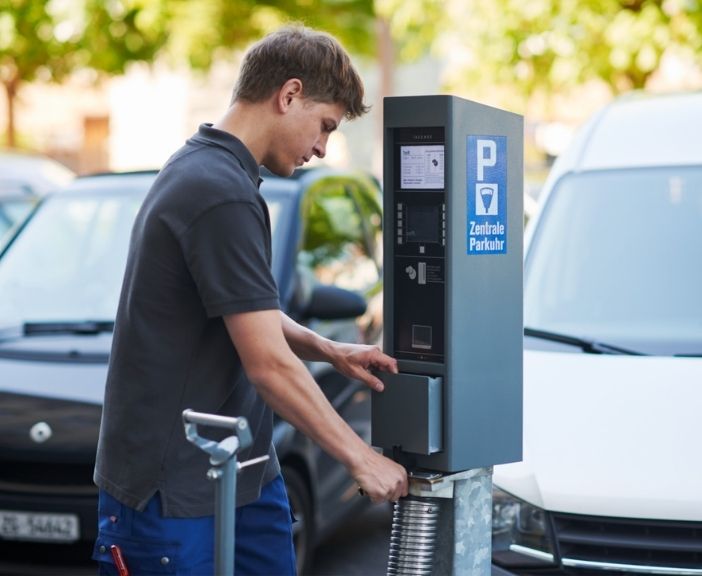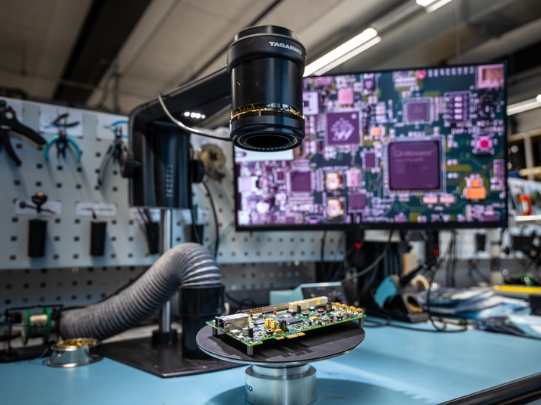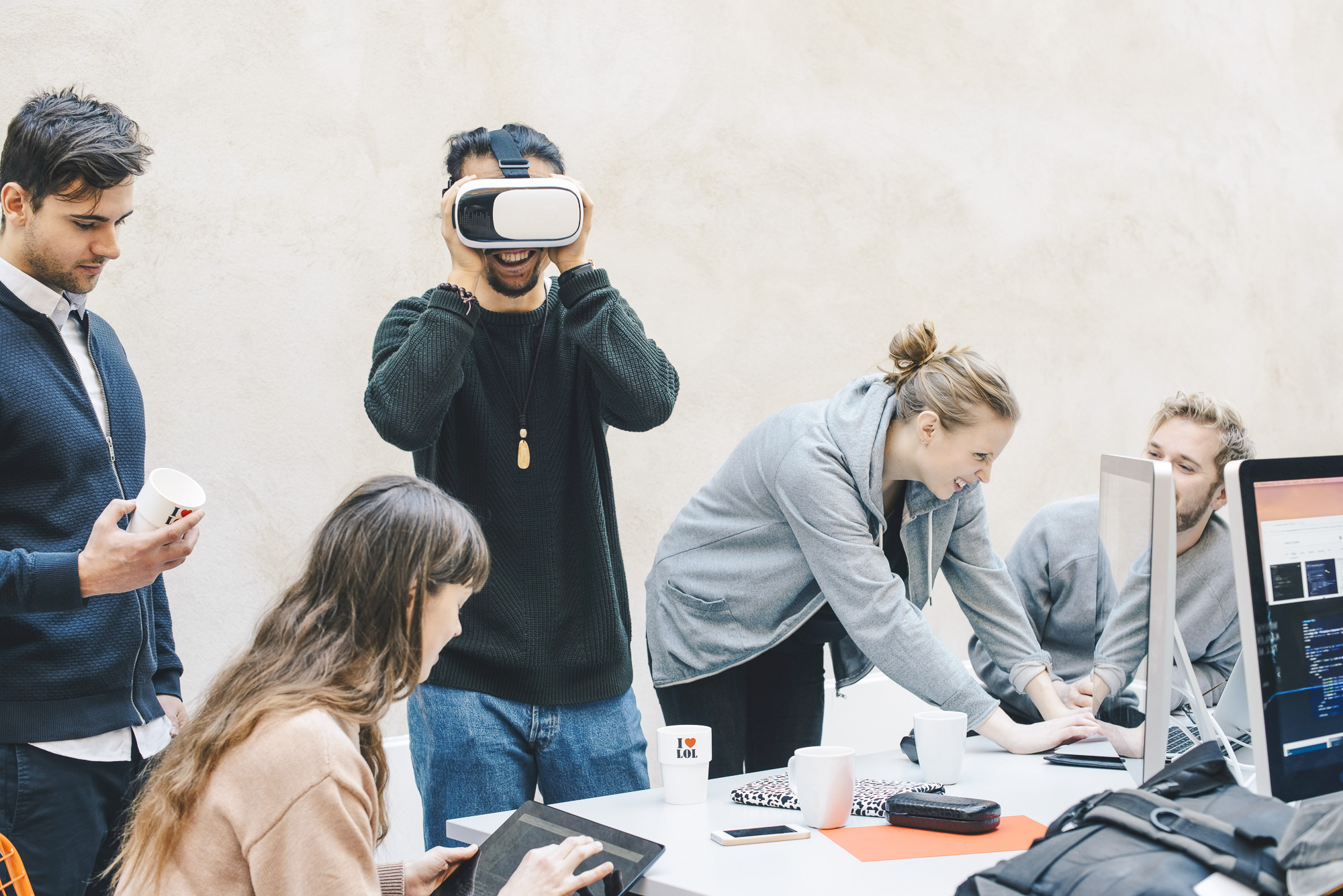-
For a development project to be successful, three factors need to merge harmoniously: business, technology, and customer experience
-
Product development is seen as part of the company’s digitalisation vision and is a key pillar of its overarching corporate strategy
-
In the development phase, the needs of the market are determined and validated early on with the help of field studies and prototyping

Digitalisation & product vision
The Swiss company Digitalparking (formerly Taxomex) is a leading manufacturer of parking meters. The aim of the project was to replace the company’s ageing flagship product with a new digital model suited to the future of parking.
However, the client wasn’t just looking to have a digitally connected parking meter – smart connectivity should merely be a means to an end. It was just as important to ensure that the new product was aligned with the company’s goals and overarching corporate strategy.
Among other things, this should involve digitalising existing processes to achieve quantum leaps in operational excellence. At the same time, a data platform was to be created and expanded to pave the way for developing further, enhanced services using data science in the future.
Collaborative approach & knowledge transfer
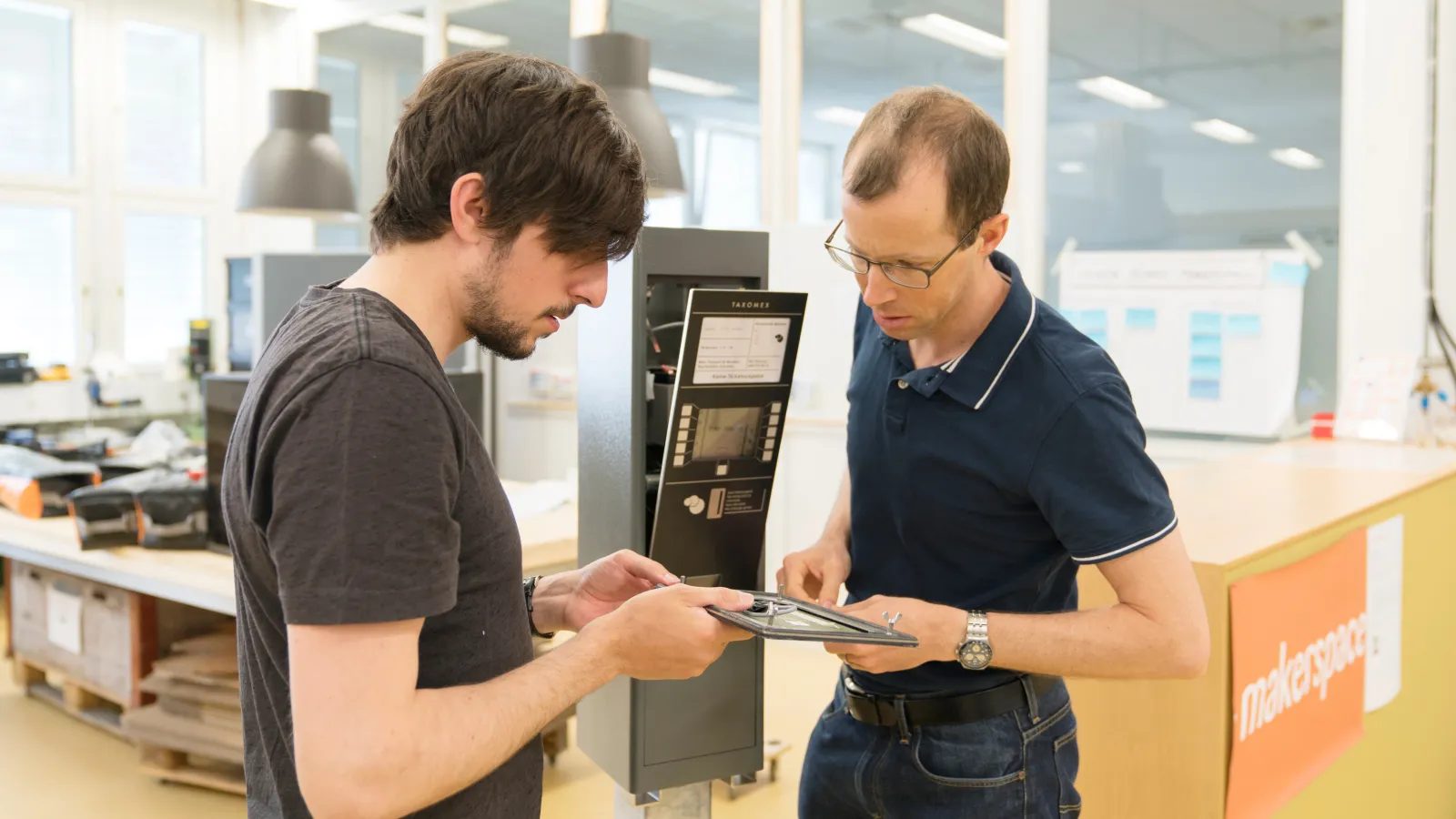
Zühlke’s clients appreciate the company’s team-oriented methods and interdisciplinary expertise, which ranges across all industries and sectors. Our portfolio includes everything needed to bring a new product to market: mechanics, electronics, firmware, embedded software, UX, industrial design, connectivity, optical systems and, of course, simulation/CAD.
For an NPD project of this kind, we combine the required disciplines according to the exact requirements. This involves considering whether the client already has any relevant expertise, so that synergies can be leveraged within the project team.
For all product development projects, we determine the project fundamentals and a requirements profile in so-called ‘speed creations’. As well as boosting project efficiency, these mini-workshops make it easier for us to outline common goals and a shared vision and discuss suitable solutions.
Our business consultants work with the client to discuss and formulate the business case.
Identifying user groups and market needs

The area of application and the user groups are determined as early as possible via field research, which then enables the team of developers to understand and prioritise the market requirements for the product.
In field studies and interviews with user groups, assumptions about users’ needs are validated and any misconceptions are identified. It’s important here to think in terms of scenarios.
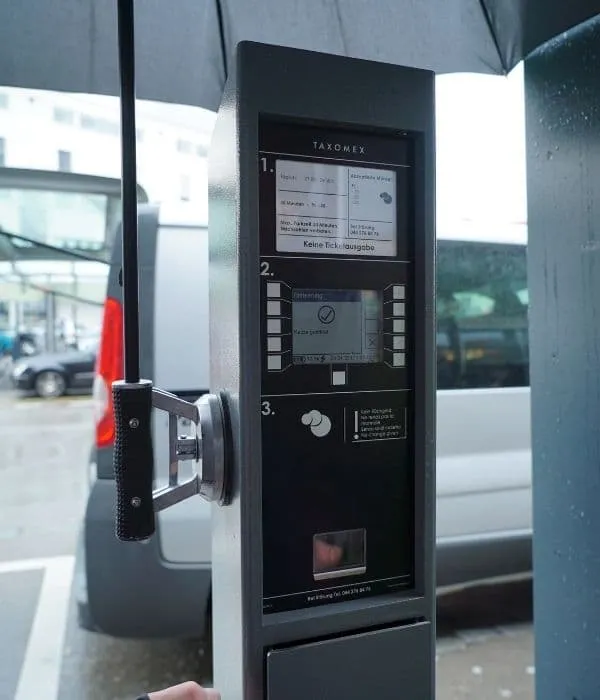
In the case of the digital parking meter, the question arose as to whether the device might also have to be opened by service technicians when it’s raining. Protecting the electronics inside the meter against wet weather would be difficult. The eureka moment came while accompanying the service technicians on their round: none of the parking meters currently available on the market are directly protected against rain. Instead, an umbrella with a screwed-on suction cup, which is attached to the parking meter when needed, is part of the standard equipment in service vehicles.
This example shows just how important it is to work directly with users to validate any assumptions about the product and the requirements of the user group as early as possible during the project.
Ideation and prototyping
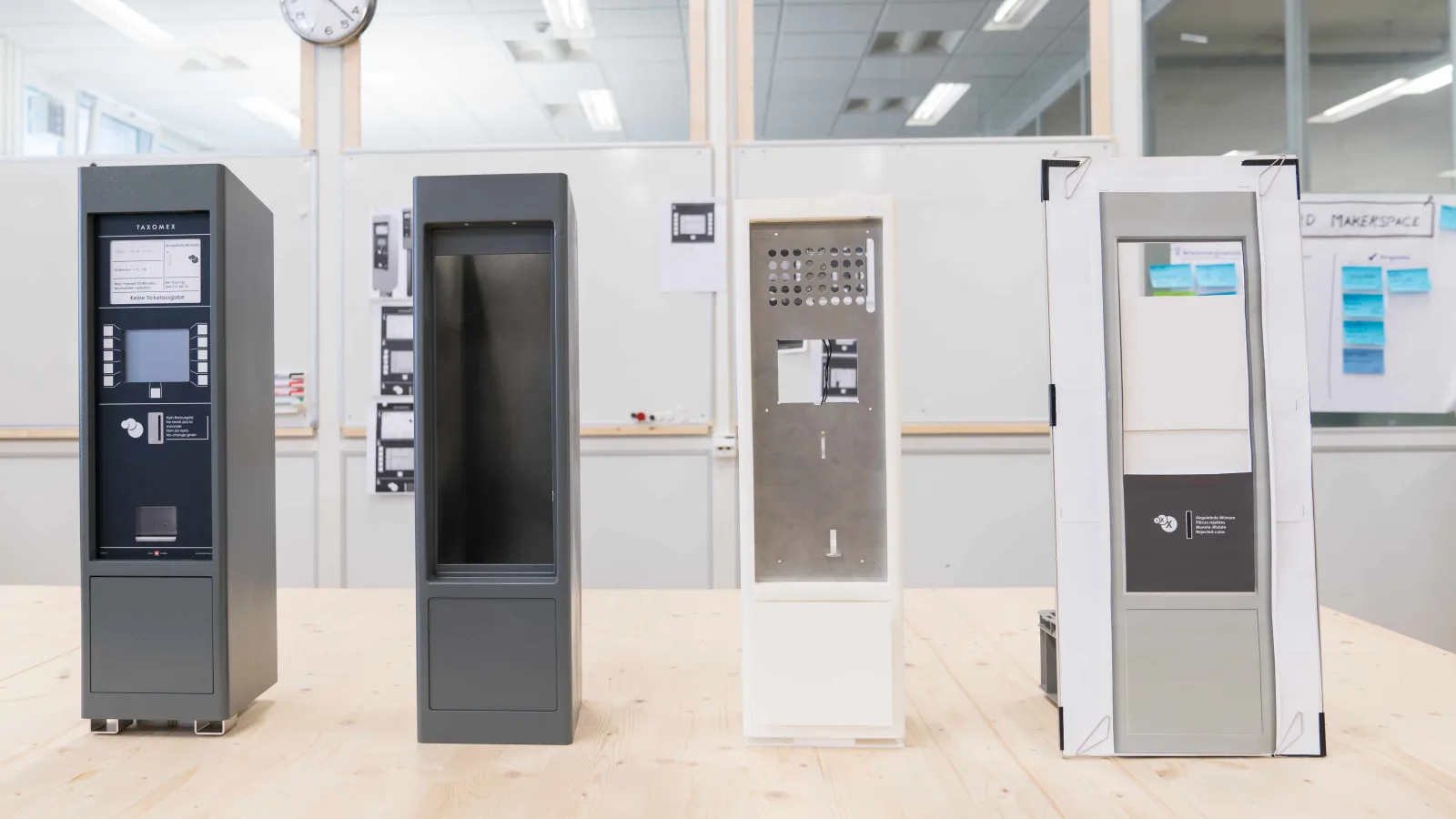
Prototyping is essential for testing product ideas early on and obtaining rapid feedback from stakeholders. Where useful for making concept-related decisions on the Digitalparking project, we built prototypes with the functions considered necessary at the time.
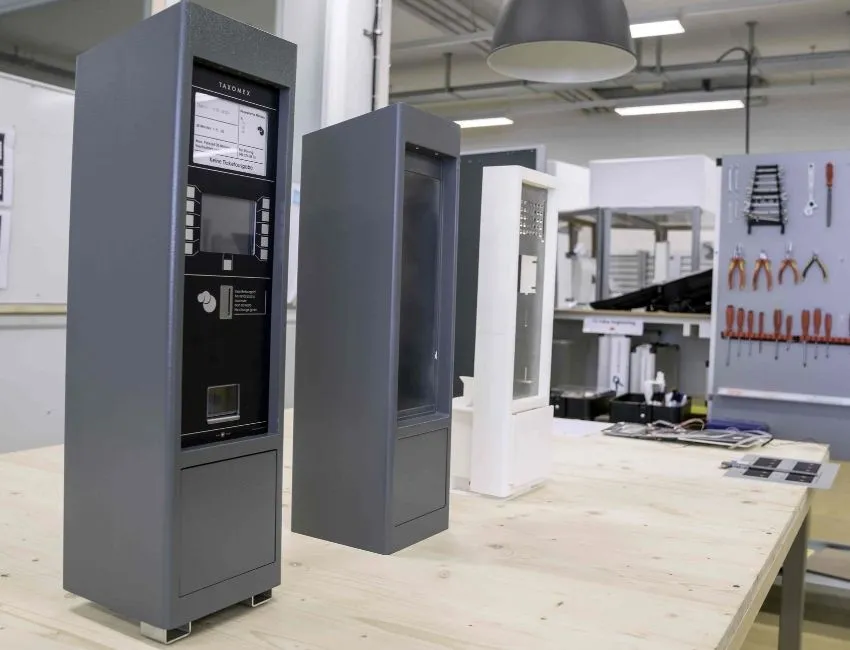
Initial design samples can be used for various purposes such as internal presentations or early marketing activities. The model shown here was used to test different lighting concepts, among other things. After several iterations, it was possible to answer the following questions: How can we ensure good readability in different lighting conditions while using as little electricity as possible? What should the angle of incidence be for the lighting? Is a backlit display required?
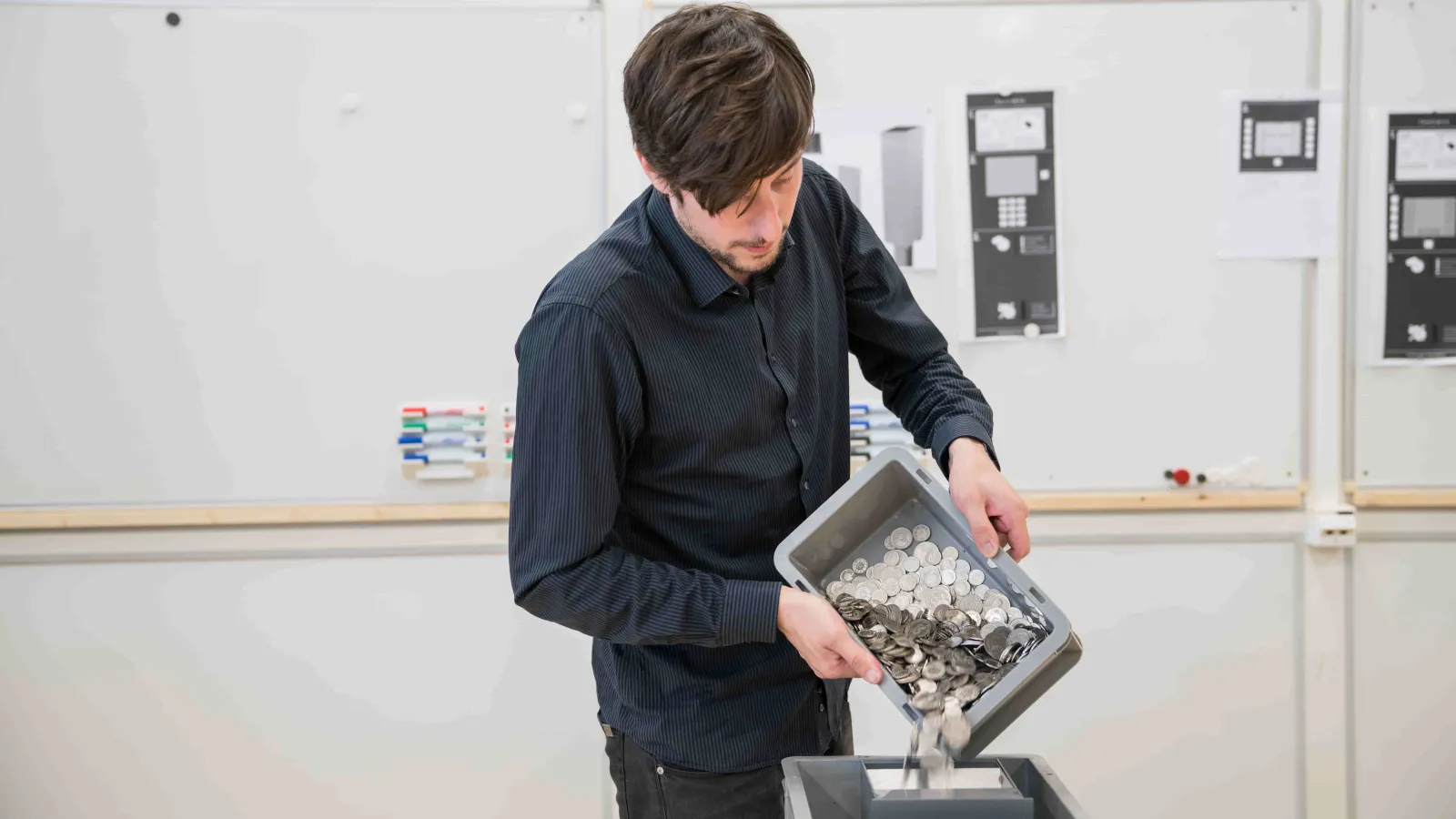
In a further step, the functionality of the product is tested using functional prototypes. Risks are minimised, and feasibility is guaranteed. In the functional sample shown here, mechanical concepts such as the lock, maintenance flap, and coin flow were tested.
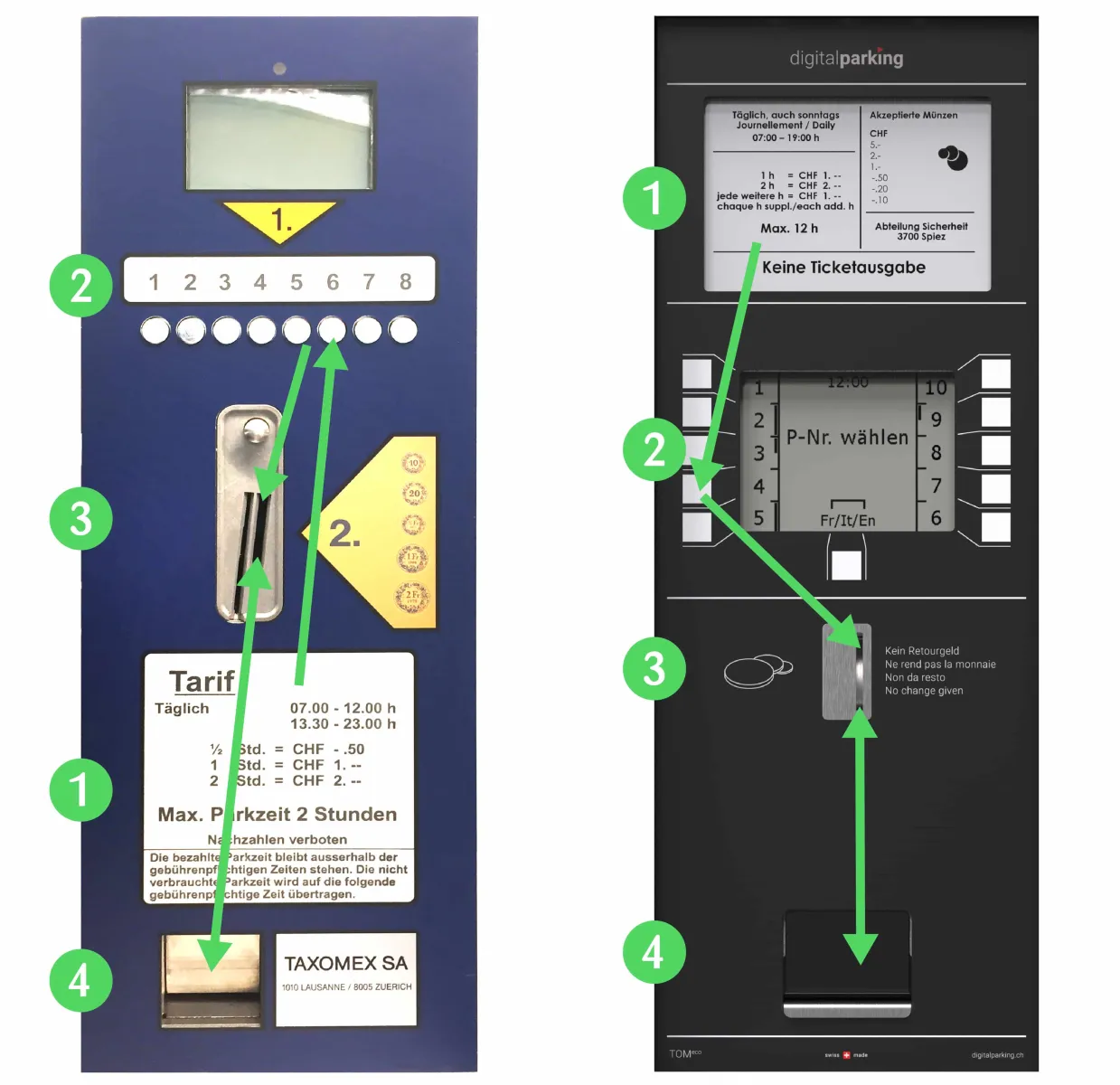
Usability prototypes test the developed product in terms of user experience and acceptance. This made it possible to prioritise the elements of the digital parking meter that are relevant to the users.
On the old device, the price sign was only located between the coin slot and the return slot, because the coin checking unit took up this space behind the panel. On the latest-generation device, the controls have been rearranged for better usability.

Close-to-production prototypes are subjected to the most intensive testing, which culminates in market approval. At the same time, the production staff are familiarised with the devices and trained in how to assemble them.
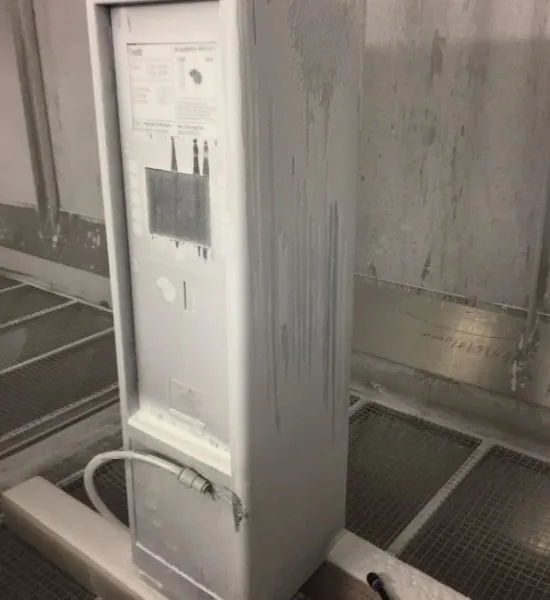
Using approval tests for pre-production devices, the digital parking meter was tested for aspects such as break-in protection, environmental influences (e.g. dust, water, frost), and electromagnetic compatibility.
Roll-out & continuous development
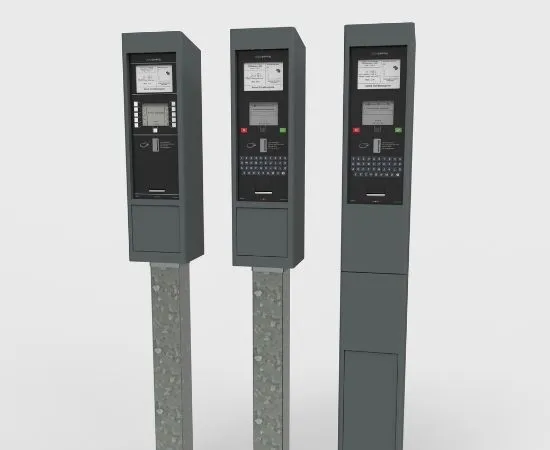
The TOMeco parking meter was launched in 2017 and has since grown into a successful product family.
With cloud connectivity via mobile network and the option to pay for parking by entering the vehicle’s licence plate number, the devices can be tailored to the needs of each community. This gives parking operators much greater flexibility and scalability.
On the latest model, the volume of the cash box inside the device was increased without having to change the design or software. As a result, this range of compact devices can now also be used to operate larger parking facilities.
Business value & future viability
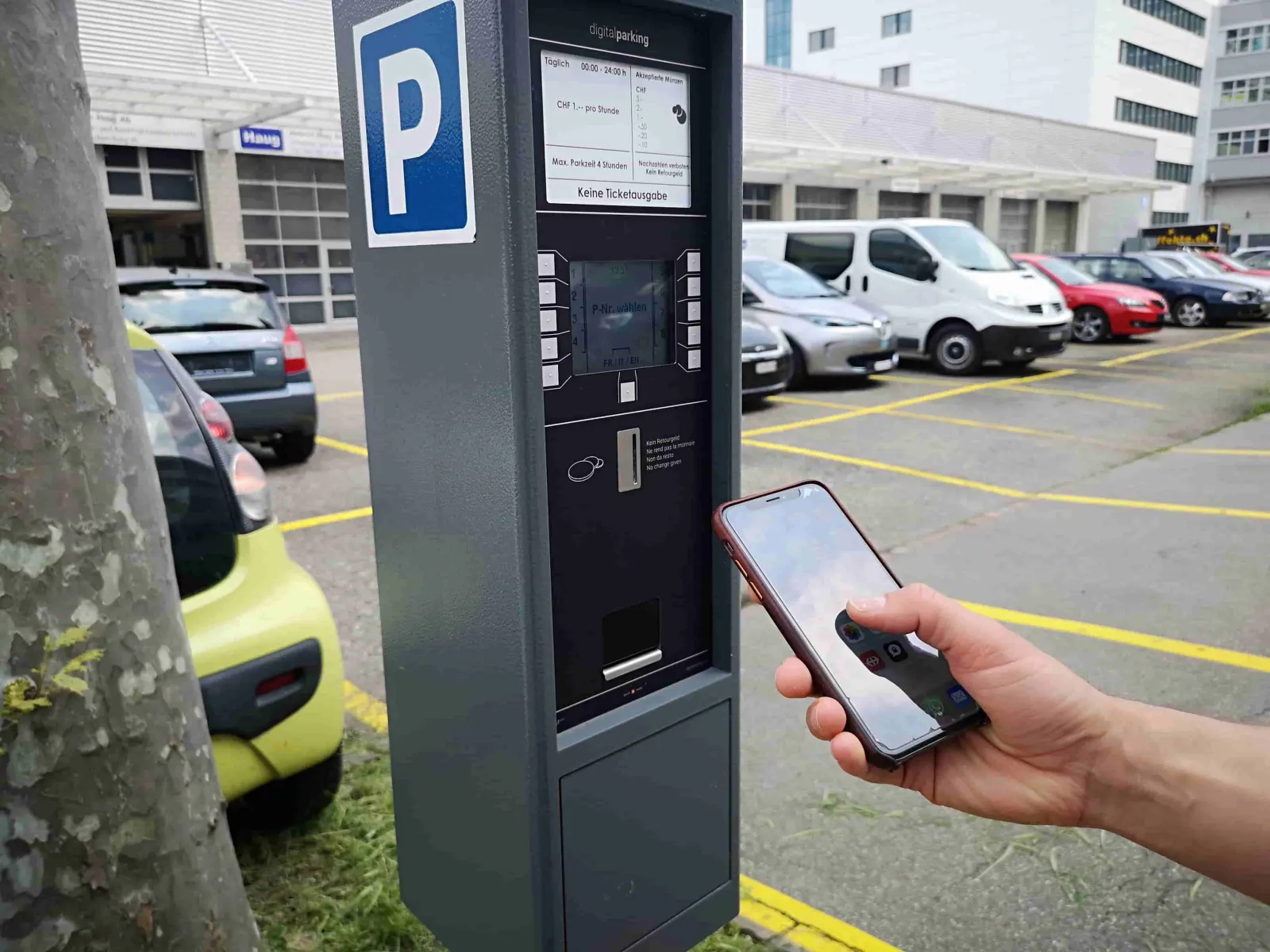
Because the parking meters are digitally networked, Digitalparking and car park operators can now obtain real-time data about car park occupancy or the system status of their products. This has led to significant gains in both efficiency and transparency.
The collected data is aggregated centrally and can be accessed and managed at any time via the specially developed web portal.
The portal itself is ready for the future of parking and is capable of integrating newly emerging payment methods and apps.
The project video (in German)
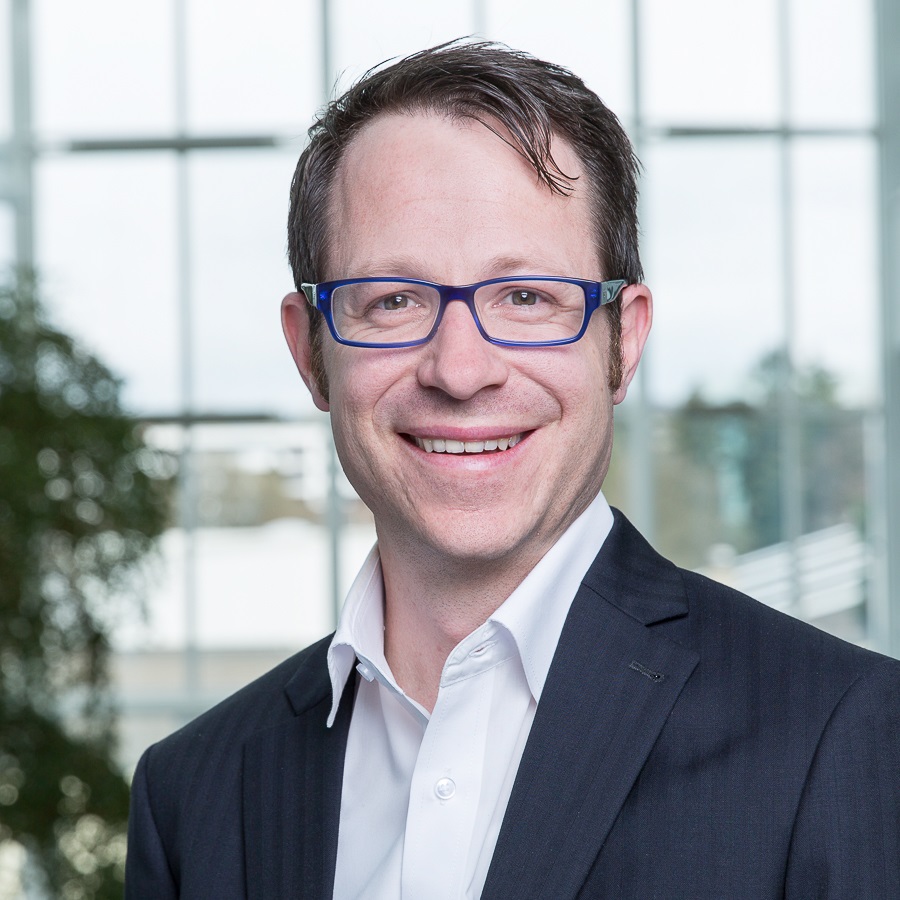
Claudio Schödler
Claudio Schödler is Head of Client Management ICP & Health EMEA & Partner at Zühlke. He has a degree in mechanical engineering and an executive MBA. Over the course of his professional career, he has gained a wealth of experience in interdisciplinary product development and manufacturing. Claudio would be delighted to accompany your project from initial brainstorming through to operation on the market. Generating value for the client is Claudio’s top priority at all times.
